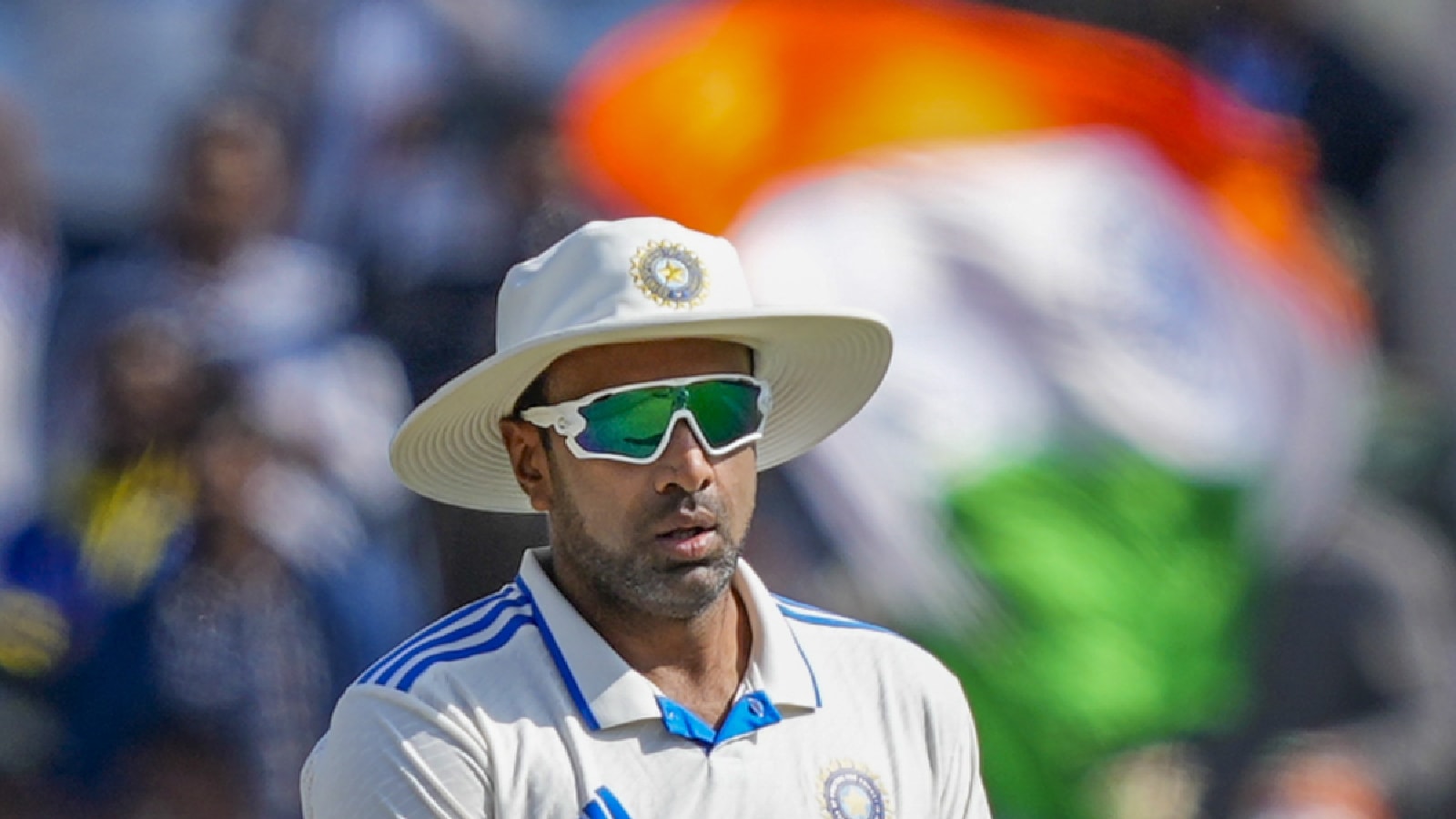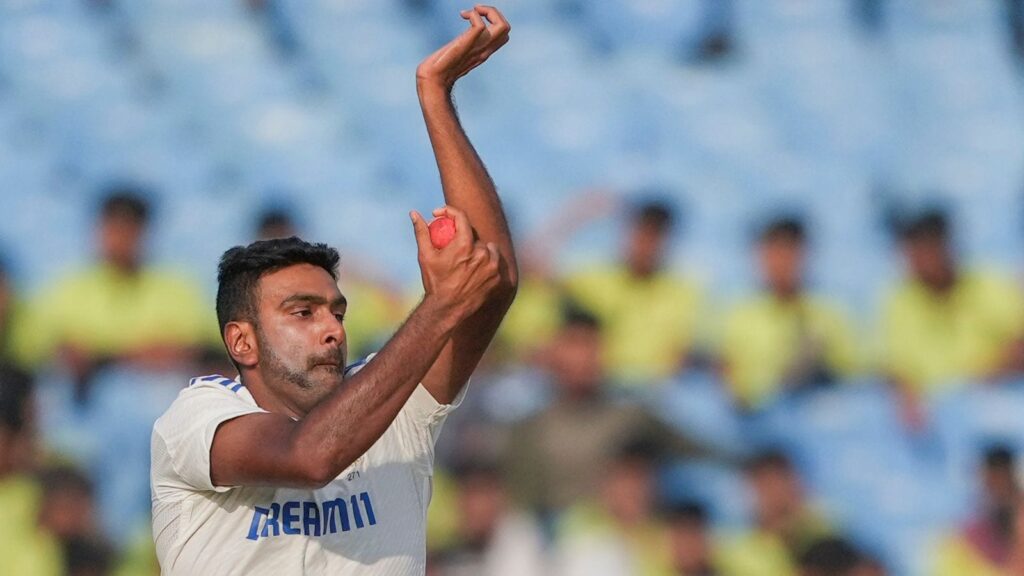The Bronco Test made its way into the Indian cricket lexicon earlier this week when the national team’s new strength and conditioning coach Adrian le Roux introduced the fitness test for the Men in Blue. The Bronco Test is primarily used by rugby teams and involves multiple shuttle runs of 20 metres, 40 metres and 60 metres.
The introduction of the new fitness regime might seem like just a change in training exercise, but former India cricketer Ravichandran Ashwin, on his Ash Ki Baat podcast on YouTube, has highlighted the complexities of Indian cricket switching from one training scheme to another when the team captain and the strength and conditioning coach changes. He also called for some sort of continuity when there is a change in guard of S&C coaches.
Ashwin had invited former India strength and conditioning coach Soham Desai on Ash ki Baat to understand the nuances of the newly-introduced Bronco Test, where the spinner broke down how each “era” meant a national team cricketer had to change their physical training routine. He termed this a “big problem” for players.
Dhoni-Ramji Srinivasan era vs Virat Kohli-Basu Shanker era vs Nick Webb and Soham Desai era
“I have actually argued a lot with Soham on this topic,” Ashwin said. “If we look back to 2010, Ramji Srinivasan was the trainer. That was, let’s call it the MS Dhoni and Ramji Srinivasan era. Back then, we didn’t do much strength training. We used to run a lot. When you talk about aerobic capacity, what is aerobic capacity? If you do two rounds of the ground, that’s like a warm-up. Anything more than that, continuous running, is aerobic capacity. Then came the Basu Shanker and Virat Kohli era, who focused more on power and strength. So we had Olympic snatches, cleans—because of this, all the players benefited a lot for power production. After that, there was a phase where unilateral training came back as the Nick Webb and Soham Desai era came. Now, it’s Adrian Le Roux’s era.
Ashwin continued: “I used to always ask all the trainers this: when a trainer changes, the testing mechanism changes, the training schema changes. This is a big problem for a player because, as players, we know the playing schema: how to play a back foot shot, or a front foot shot, how to bowl. But if the trainer keeps changing—if Soham came today and his belief is in one training schema and he applies it to everyone—it is virtually very, very difficult for the player. In fact, in many cases, this could lead to injuries also. And it has. Because I went through a cycle from 2017 to 2019, I was searching for my training schema because I was constantly injured.”
Ashwin made a case for there to be continuity in the scheme of things. Ashwin suggested that the next S&C coach should work with the current coach for at least six months before the change of guard happens.
 Ravichandran Ashwin on the first day of the fourth Test between India and England, at the JSCA International Stadium Complex, in Ranchi. (PTI Photo)
Ravichandran Ashwin on the first day of the fourth Test between India and England, at the JSCA International Stadium Complex, in Ranchi. (PTI Photo)
To this, Desai gave the example of the New Zealand rugby team (popularly known as the All Blacks). He said that the team has had just one strength and conditioning coach for the past 16 years.
Story continues below this ad
“Basically what happened to us is that with the arrival of the IPL, foreign strength and conditioning coaches came. Young Indian players who don’t have much exposure or experience with training and come from small places see foreign players or senior Indian players and they start copying their methods. There will be some strength and conditioning coach whose modality is strength-focused, who does heavy lifting, heavy strength. So some young boy will go to the IPL, he’ll see it, and he’ll think this is the right thing to do, and he has to go and do this. So he’ll come out and do the same thing all year. Some strength and conditioning coach in a different franchise will be an aerobic fitness person, maybe from a triathlon background or endurance sport background, so they make them run more. So that young boy won’t have the exposure. He’ll go and think that he has to run like that,” Desai said.
 Former India strength and conditioning coach Soham Desai. (Instagram)
Former India strength and conditioning coach Soham Desai. (Instagram)
He called for strength and conditioning coaches to find a “sweet spot” in the middle for Indian cricketers’ bodies rather than enforcing a one-size-fits-all model that can be used in foreign countries like Australia or England. He pointed out how in the case of Indian cricketers there is plenty of diversity, both in terms of psyche and in terms of how their nutrition is.
“In India, look at R Ashwin, KL Rahul, or Sai Sudharsan. They will ask questions, they will try to understand things. You go to the North India. Then look at Rinku Singh. He’s the most hard-working person. But he won’t ask, ‘Why am I doing this? How am I doing this? What will I get from this?’ These questions won’t come to him. You just say, ‘I trust you.’ He’ll do it,” Desai said before adding: “Once I had this conversation with Rinku and a few other guys that it’s not a good idea to listen to everyone. They will have to figure out that just like they trust one person for batting, one person for bowling, they reach out to someone for guidance in life when they’re stuck and don’t know what to do, Similarly, they will have to have one person for their physical fitness, which is a key and integral part of their cricketing journey.
WATCH: R Ashwin Unpacks the Truth Behind Indian Cricket’s New Fitness Test
How different is the Bronco Test compared to the Yo Yo Test?
While Ashwin said that most Indian cricketers had undertaken the Bronco Test in the past at some point or another, Desai broke down the similarities and the differences between tests like the new Bronco Test and the age-old Yo-Yo Test.
Story continues below this ad
“This test is not a new test. It’s just a new introduction to the test for Indian cricketers. Basically, what happens is that this Bronco Test, the Yo-Yo Test, the 2 kilometers (run)—these are all tools. The quality they assess is aerobic fitness. Basically, a new Strength and Conditioning Coach has come into the Indian set-up, and based on their background and experience, they’ve brought this test. But the quality that is getting assessed is the same as what happened in the Yo-Yo Test.
 India’s Ravichandran Ashwin celebrates his century during the first day of the first Test cricket match between India and Bangladesh, at M.A. Chidambaram Stadium, in Chennai, Thursday, Sept. 19, 2024. (PTI Photo)
India’s Ravichandran Ashwin celebrates his century during the first day of the first Test cricket match between India and Bangladesh, at M.A. Chidambaram Stadium, in Chennai, Thursday, Sept. 19, 2024. (PTI Photo)
“The Yo-Yo Test is a bit of a cricket-specific test. In it, you have to run like we do when you take two runs. With every passing stage, the difficulty level increases, and with every passing stage, fatigue builds up. So, under fatigue, you have to match a higher intensity and higher repeatability, which is assessed to see how fit a person is to play in similar situations in back-to-back matches throughout the year. The Bronco Test is such that (completing it in) five minutes is a good score. Above five minutes is below average, and under five minutes is good, and four and a half minutes is excellent. You have to run continuously for five minutes and cover a total distance of around 1100 to 1200 meters with turns and repeatability involved. But in this test, unlike the Yo-Yo where the pace increases in every stage, it’s not like the pace increases in every stage or every minute. So basically, for five minutes, you have to run that distance with 20 meters distance, 40 meters distance, 60 meters distance, touch and come back, that’s how it is,” Desai said.


